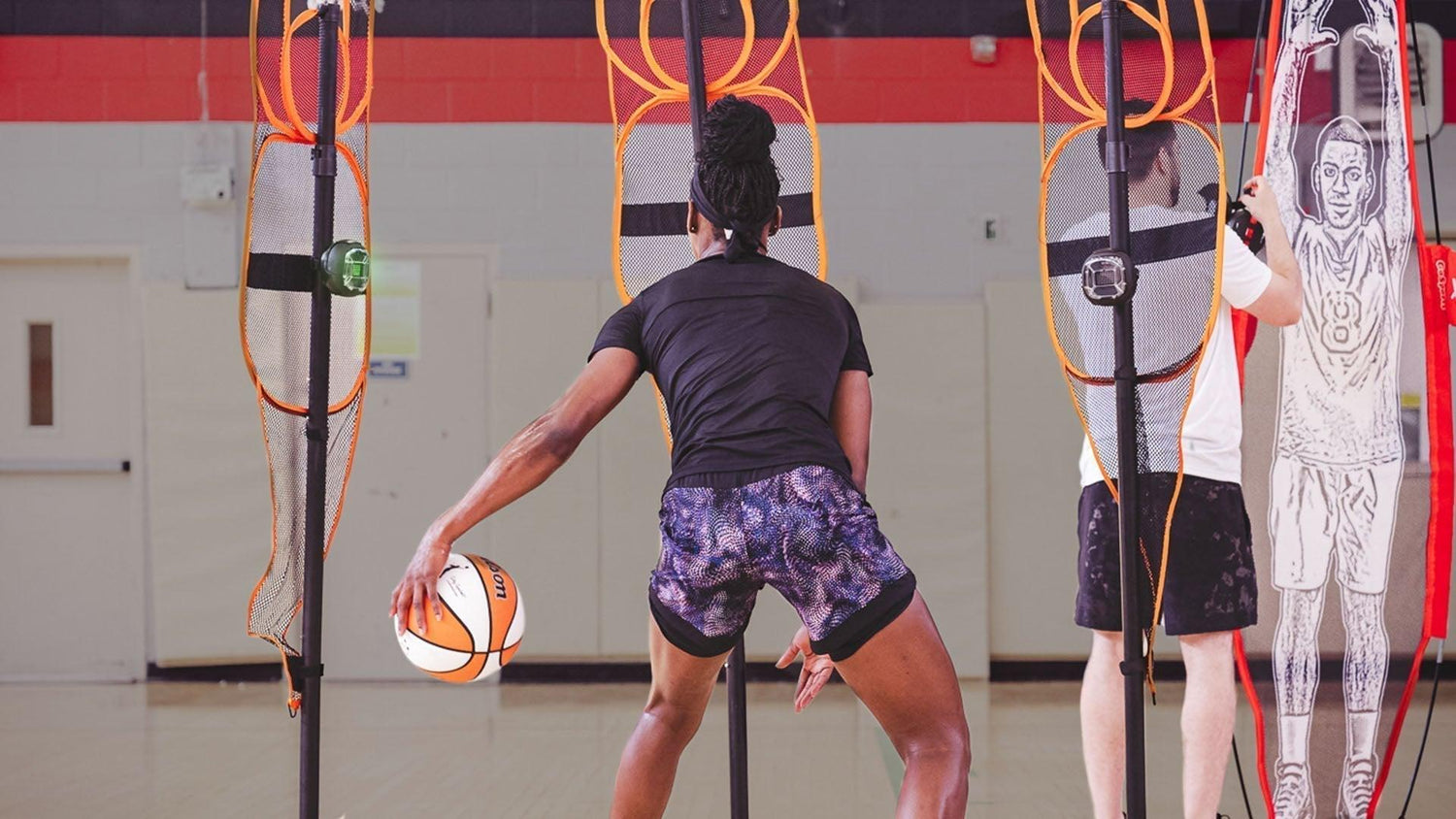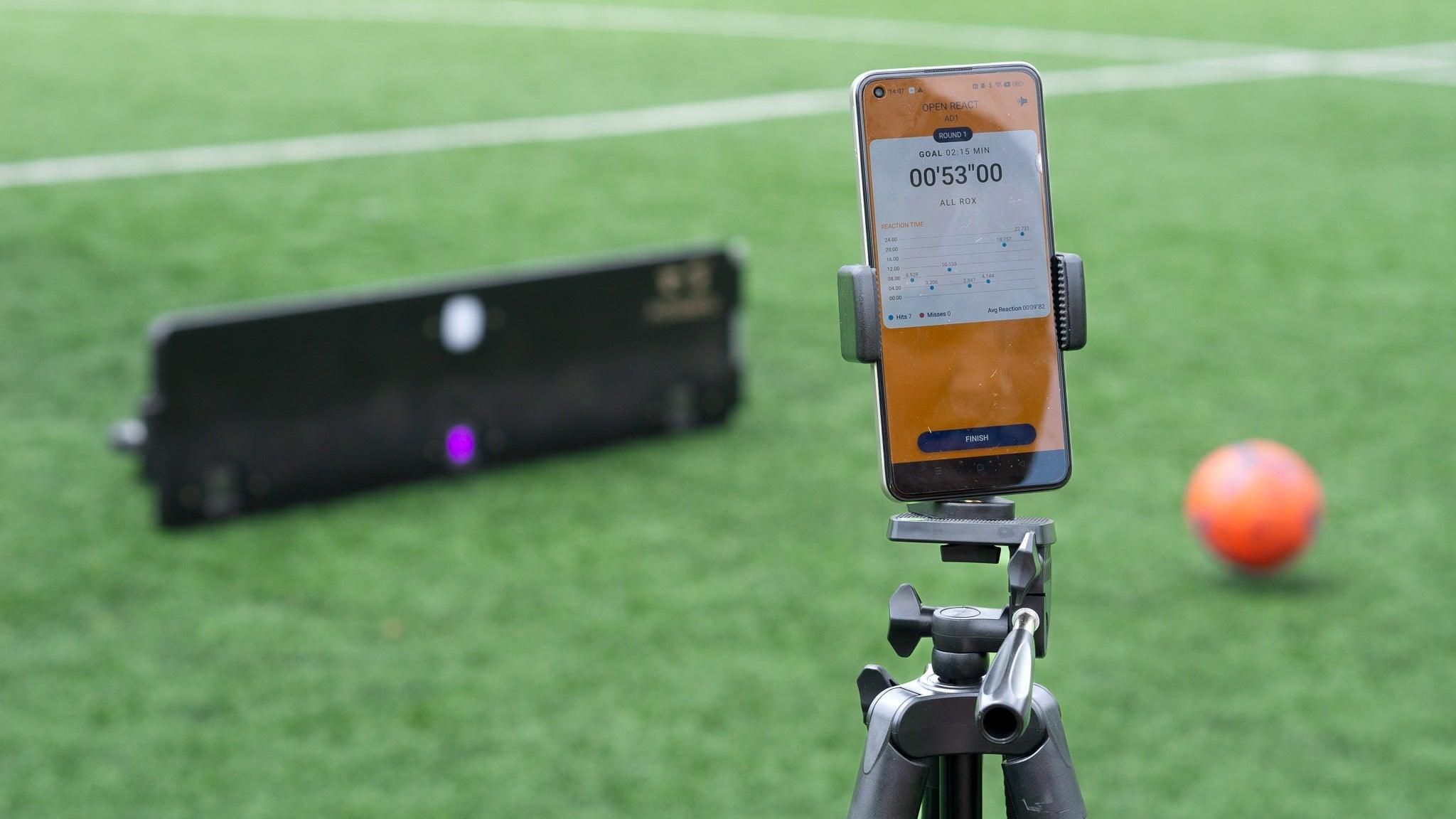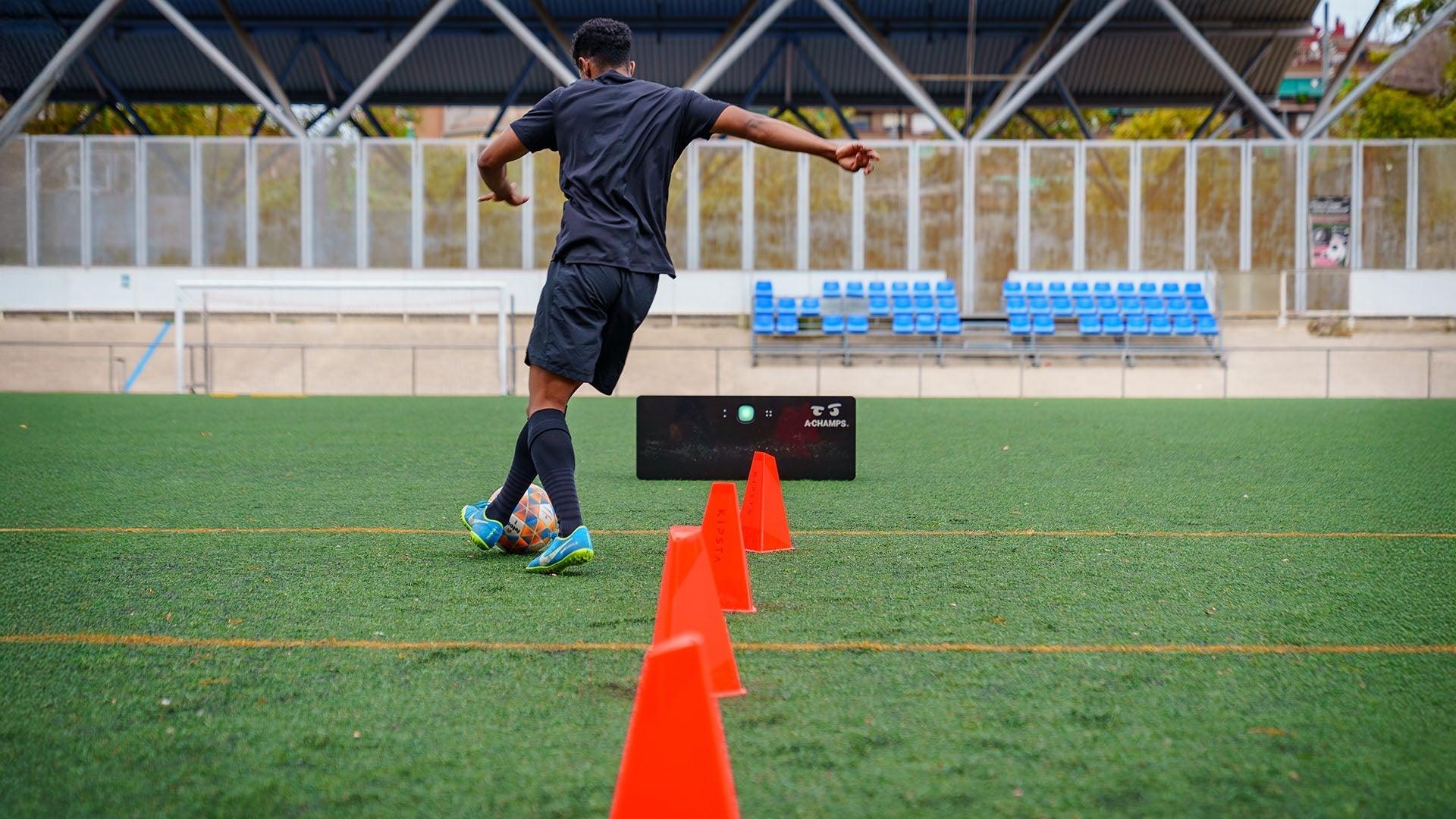Reaction time is the interval between perceiving a stimulus and responding to it. It's a critical factor in various activities, from sports to daily tasks. Research indicates that professional athletes typically have reaction times between 160 and 210 milliseconds, while the general population averages between 200 and 300 milliseconds.
How to Achieve Elite-Level Reaction Times
Improving reaction time requires focused training. Key areas to focus on include:
- Agility and Speed: Faster responses require better agility and speed. Performing speed training can be an effective way to improve.
- Coordination: Coordination helps smooth out quick reactions, enabling more precise movements. Exercises such as coordination training are crucial for improving agility.
- Physical Fitness: Being in good physical condition ensures that your body is ready to respond rapidly.
- Rest and Recovery: Allowing time for recovery ensures that your body remains responsive and injury-free. Recovery is just as important as training, as mentioned in this NSCA article on recovery.
Improving reaction time is essential in many activities, not just one specific task. By understanding how to enhance it, individuals can reach their full potential. For example, improving reaction time can help athletes perform better on the field or court.
What is Reaction Time and Why Does it Matter?
Reaction time is the time it takes to respond after noticing a stimulus. This could be reacting to a signal, a light turning on, or an unexpected event. The quicker an athlete reacts, the better their chances of making a successful response. Studies on reaction time show that it varies based on the stimulus type.
The average human reaction time is around 200-300 milliseconds. However, this varies based on whether the stimulus is visual, auditory, or tactile. Visual stimuli tend to lead to slower reactions than auditory ones.
How to Train Your Reaction Time and Improve Performance
To reduce reaction time and improve your performance, try the following strategies:
- Agility Drills: Practice agility circuits and sprints to improve your muscle response time. Agility is key in sports training.
- Coordination Training: Rhythmic exercises, such as throwing and catching, can help boost your coordination and reflexes. Coordination training is a proven method for improving reaction times, as discussed in this NSCA guide.
- Cognitive Training: Engage in reaction-based games, like responding to visual or auditory cues, to enhance decision-making speed. Cognitive training platforms, like A-Champs, are excellent tools for this.
- Rest and Recovery: Proper recovery is essential to avoid fatigue and ensure optimal performance. As Bertec explains, balanced recovery plays a critical role in maintaining peak performance.
How Reaction Training Lights Can Help Improve Your Reaction Time
Reaction Training Lights are a great tool for improving your reaction time under pressure. These interactive lights simulate real-life situations, challenging your reflexes and response speed. With tools like ROX, you can track your progress and target specific areas for improvement.
Specific Exercises to Improve Reaction Time
To boost your reaction speed, try these exercises:
- Agility Drills: Set up cone or ladder drills to improve lateral movement and direction changes.
- Visual Reaction Training: Use Reaction Training Lights to practice responding to light or color changes. This sharpens your visual reaction time. More about visual training can be found at A-Champs.
- Game Simulations: Recreate real-life scenarios, like receiving an unexpected signal, to practice quick decision-making.
- Throw and Catch Exercises: Enhance coordination with various throwing drills, changing the speed and angles to make it more challenging.
- Mindfulness and Visualization: Practice mental exercises to reduce anxiety and improve focus, which can help improve overall reaction times.
Using Reaction Training Lights for a Competitive Edge
Reaction Training Lights give individuals a competitive edge by providing real-time feedback. These tools challenge users to respond quickly to changing lights, simulating real-life pressure. This helps improve not only reaction time but also agility, coordination, and decision-making skills.
For best results, combine Reaction Training Lights with other exercises like agility drills and cognitive training. You can explore training products at A-Champs.

What is the Average Reaction Time and How is it Measured?
Knowing the average reaction time and how it’s measured is crucial for tracking your progress and improving your performance. For more on how reaction time is assessed, check out this NSCA article.
Factors That Influence Reaction Time
Several factors can affect your reaction time. Here’s how to address them:
- Type of Stimulus: Visual, auditory, and tactile stimuli all have different reaction times. Practice responding to all types to improve your overall reaction time. Learn more about stimulus types in this blog.
- Physical Fitness: Good physical fitness leads to faster reaction times due to improved circulation and muscle strength. You can improve this with fitness products like ROX.
- Psychological Factors: Stress and motivation can either slow or speed up reaction times. Use relaxation techniques to stay calm and focused.






Leave a comment
This site is protected by hCaptcha and the hCaptcha Privacy Policy and Terms of Service apply.